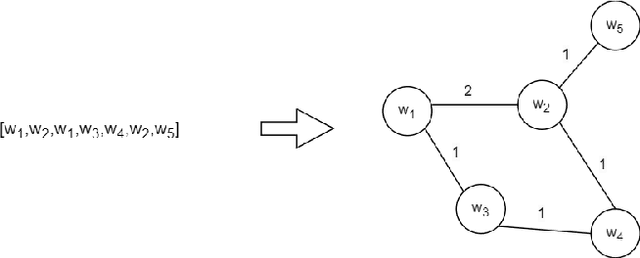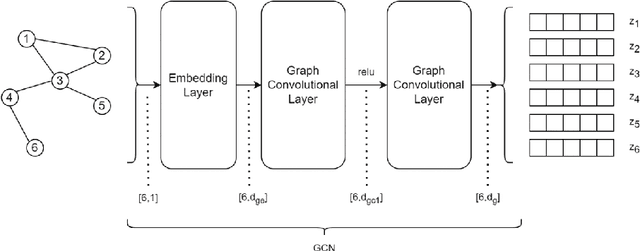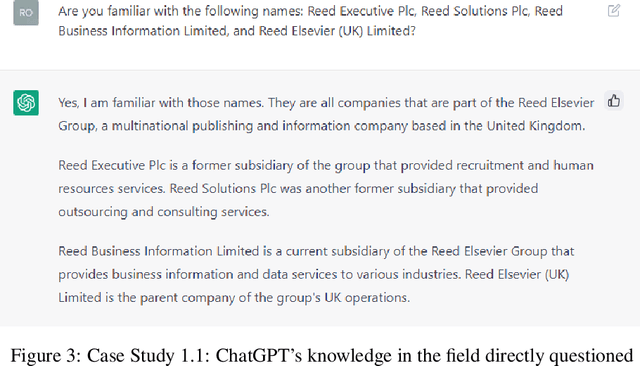Alvaro J. López-López
Enhancing Keyphrase Extraction from Long Scientific Documents using Graph Embeddings
May 16, 2023



Abstract:In this study, we investigate using graph neural network (GNN) representations to enhance contextualized representations of pre-trained language models (PLMs) for keyphrase extraction from lengthy documents. We show that augmenting a PLM with graph embeddings provides a more comprehensive semantic understanding of words in a document, particularly for long documents. We construct a co-occurrence graph of the text and embed it using a graph convolutional network (GCN) trained on the task of edge prediction. We propose a graph-enhanced sequence tagging architecture that augments contextualized PLM embeddings with graph representations. Evaluating on benchmark datasets, we demonstrate that enhancing PLMs with graph embeddings outperforms state-of-the-art models on long documents, showing significant improvements in F1 scores across all the datasets. Our study highlights the potential of GNN representations as a complementary approach to improve PLM performance for keyphrase extraction from long documents.
ChatGPT vs State-of-the-Art Models: A Benchmarking Study in Keyphrase Generation Task
Apr 27, 2023



Abstract:Transformer-based language models, including ChatGPT, have demonstrated exceptional performance in various natural language generation tasks. However, there has been limited research evaluating ChatGPT's keyphrase generation ability, which involves identifying informative phrases that accurately reflect a document's content. This study seeks to address this gap by comparing ChatGPT's keyphrase generation performance with state-of-the-art models, while also testing its potential as a solution for two significant challenges in the field: domain adaptation and keyphrase generation from long documents. We conducted experiments on six publicly available datasets from scientific articles and news domains, analyzing performance on both short and long documents. Our results show that ChatGPT outperforms current state-of-the-art models in all tested datasets and environments, generating high-quality keyphrases that adapt well to diverse domains and document lengths.
 Add to Chrome
Add to Chrome Add to Firefox
Add to Firefox Add to Edge
Add to Edge